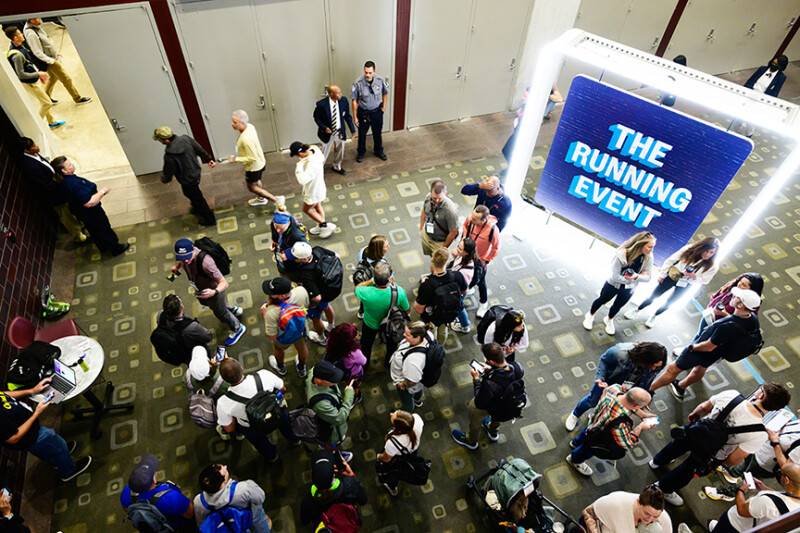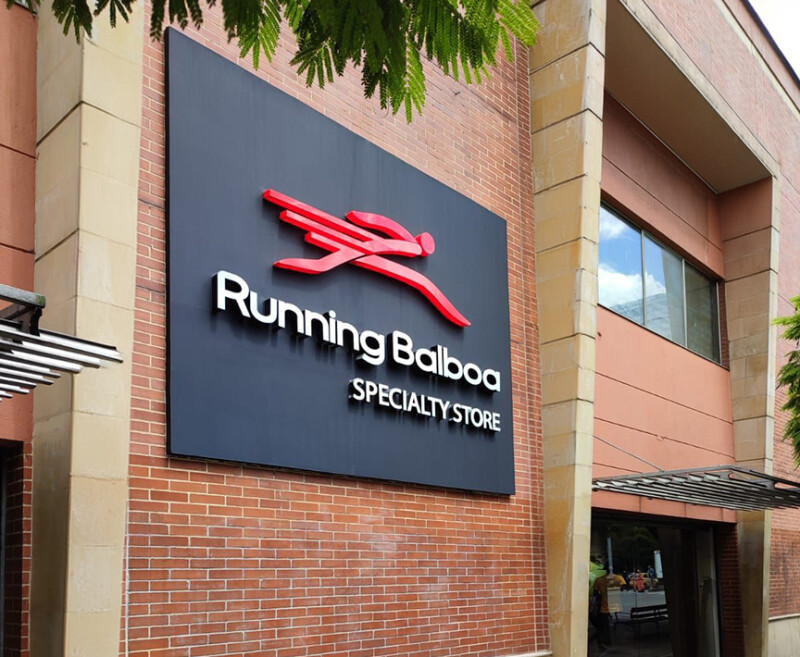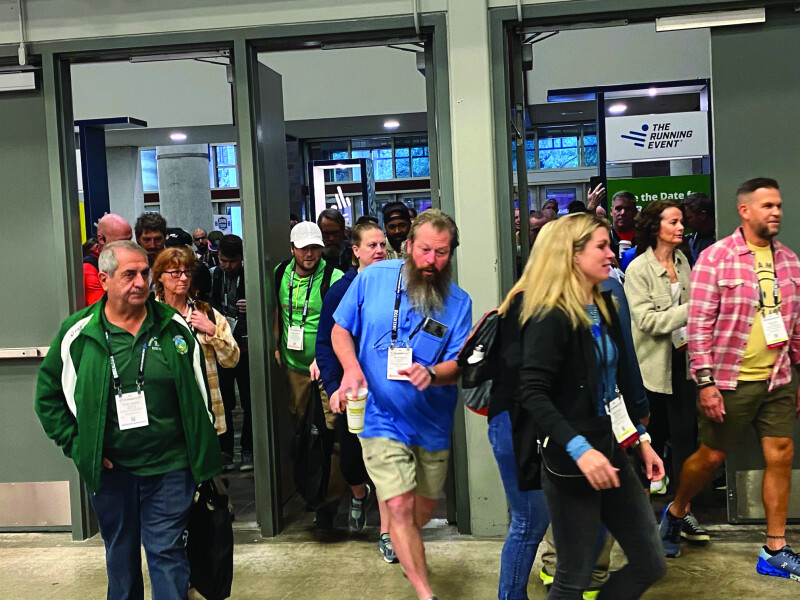Tom Matlack is a trail running enthusiast. The Boston area resident regularly pounds out miles on local trails, participates in trail races and, admittedly, purchases more gear than necessary for his adventures. He also sees a “booming” trail running culture, albeit one continuing to fly under the radar.
“There’s a lot more going on here than most people know,” Matlack says of the trail running world.
So, Matlack teamed with fellow trail running devotee and business pro, Mikey Yablong, to investigate the nation’s current trail running scene. The duo’s resulting State of Trail Running Report provides, in Matlack’s words, “a 360-degree view of the average trail runner and all the ways they’re consuming and participating in this marketplace.”
The report’s quantitative component includes a hefty survey of 2010 trail running respondents representing diverse age groups, genders, income levels and regions across the U.S. The survey dives into the respondents’ history with the sport, their habits and investments in gear, events and more. (In one notable move, the co-authors excluded elite runners and those who spent over $1000 on events, an effort “to normalize the results and more accurately reflect the average trail runner.”)
The survey results deliver an interesting portrait of contemporary trail runners – who they are, what they value and what they purchase – and demonstrate the compelling business opportunity for brands and run specialty shops alike to connect with a dedicated, largely affluent and growing consumer group.
The majority of trail runners come from demographic groups that businesses highly prize.
Most trail runners – 57 percent, in fact – sit between the ages of 35-54. Thirty percent are 35-44 years old, while 27 percent are 45-55 years old. Those are two attractive demographics to businesses, as those age demos represent more established lives and mid-to-late career earners with disposable income. To that point, nearly half of trail runners earn six figures and more than two-thirds hold a college degree.
The Run Specialty Takeaway: Trail runners have cash to spend, so tapping into this market in strategic ways positions run shops to curry favor with an attractive consumer segment.
Though trail runners skew suburban and rural, don’t sleep on the urbanites.
Trail runners generally live closer to nature. Most (46 percent) live in suburban communities, while 30 percent live in rural areas. Still, that means about one in four trail runners reside in an urban environment. Though they might complete their trail runs close to home, as some major cities do offer great trail running options within their city limits, many might travel to trailheads at suburban or rural destinations to log miles.
The Run Specialty Takeaway: Run shops in urban environments might eschew carrying any trail product, getting involved in trail races or promoting group trail runs. And understandably, trail running might seem an odd fit in many dense urban environments. City residents, however, have not written off trail running, according to Matlack and Yablong’s report. Run shops can be a resource to help urbanites discover local trails while stores can also contribute to building a lively trail running community through events, programming and group runs.
Trail runners embrace the activity.
By and large, trail runners are committed to their craft. Three in five, in fact, have been traversing the trails for more than six years. Yet more, half of trail runners log at least five runs each week. On the racing front, 43 percent of trail runners signed up for at least five races in 2023, a hearty signal of their commitment to the sport. Moreover, trail runners spent an average of $465-$613 on events in 2023.
The Run Specialty Takeaway: Given their devotion to the activity, trail runners can be frequent and returning customers. Those two ingredients can play a positive role in store performance and demonstrate their potential value to run shops.
Trail runners love their shoes.
With more advanced midsole technology offering peppy rides and terrain-specific shoes meeting runners’ varied needs, the trail running footwear category has evolved from blasé, utilitarian options. Today, a diverse assortment of compelling models exists, and trail runners are here for the innovation. The average trail runner purchases one-to-three shoes each year at an average cost of $140, with Hoka, Altra and Saucony being the three most favored brands among trail runners.
The Run Specialty Takeaway: Yes, there are more trail running footwear options than ever before, which makes purchasing the right mix of styles an increasingly tall task for run shops. However, strategic footwear buying from established and ascendant brands can enhance a running store’s specialty edge, especially since trail running footwear is not as accessible in the brick-and-mortar marketplace as road footwear.
Trail runners are not shy about buying apparel.
Compared to their road running counterparts, trail runners show a greater penchant for investing in apparel from trail-oriented brands like Patagonia, Smartwool and Salomon. In 2023, for example, 97 percent of trail runners purchased apparel, with the average annual spend on apparel hovering around $370.
The Run Specialty Takeaway: Apparel has long been a tough category for many run shops, but trail runners have the potential to boost those figures as they seek high-quality, performance-driven apparel capable of enduring tough conditions.
Trail runners invest in essentials.
Trail runners tend to spread their dollars around multiple categories, opting for hats, hydration products, weatherproof outerwear, nutritional items and more to deliver comfort across challenging terrains and long distances. In 2023, 93 percent of trail runners purchased trail running gear, with an average annual spend of $337-$421. Half of trail runners own a hydration pack, while hats and sunglasses are other popular products. On the nutrition front, 75 percent of trail runners use specific on-trail nutrition, while three in five buy pre- or post-run supplements to support performance and recovery. Thirty percent of trail runners spend at least $400 each year on nutrition products alone.
The Run Specialty Takeaway: One way for running stores to boost profitability is to sell more to existing customers — and trail runners are especially ripe to purchase more goods, whether it’s items like packable jackets, Merino socks, handheld bottles or recovery drinks.
.jpg.small.400x400.jpg)






